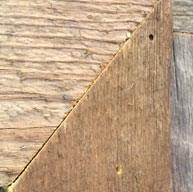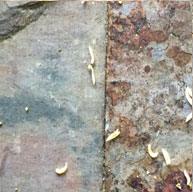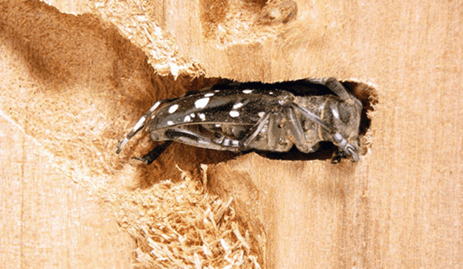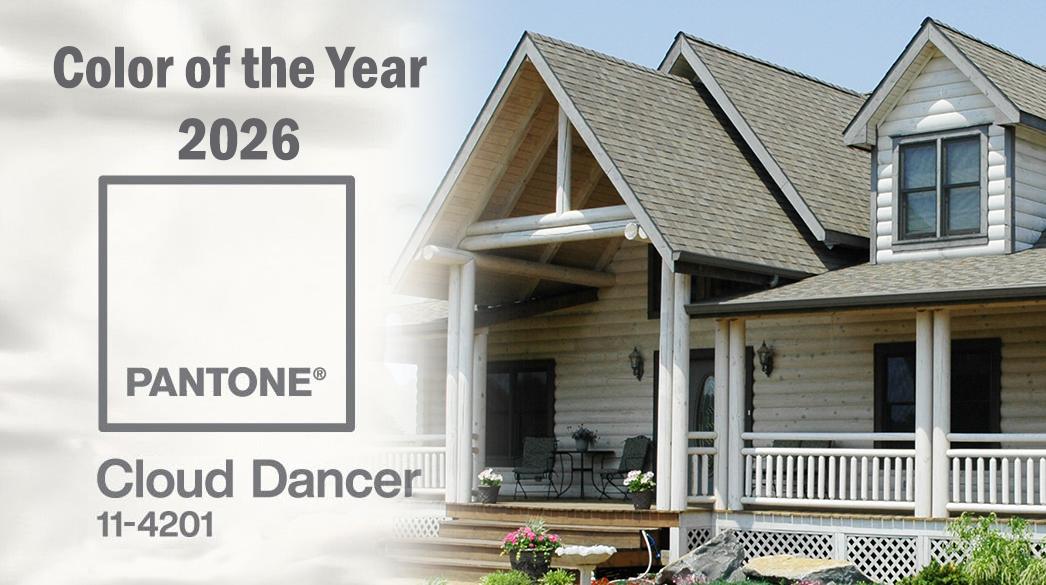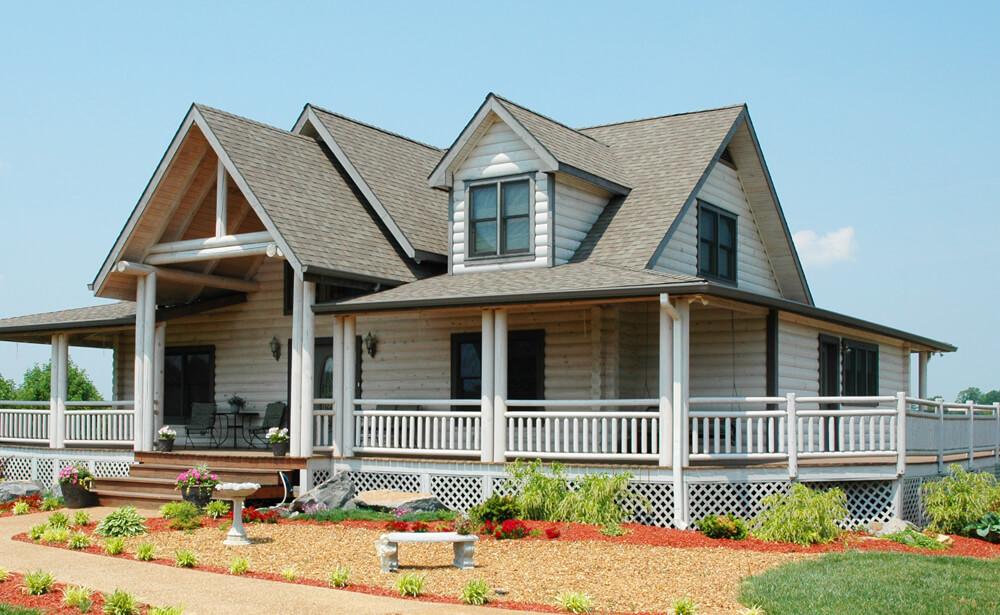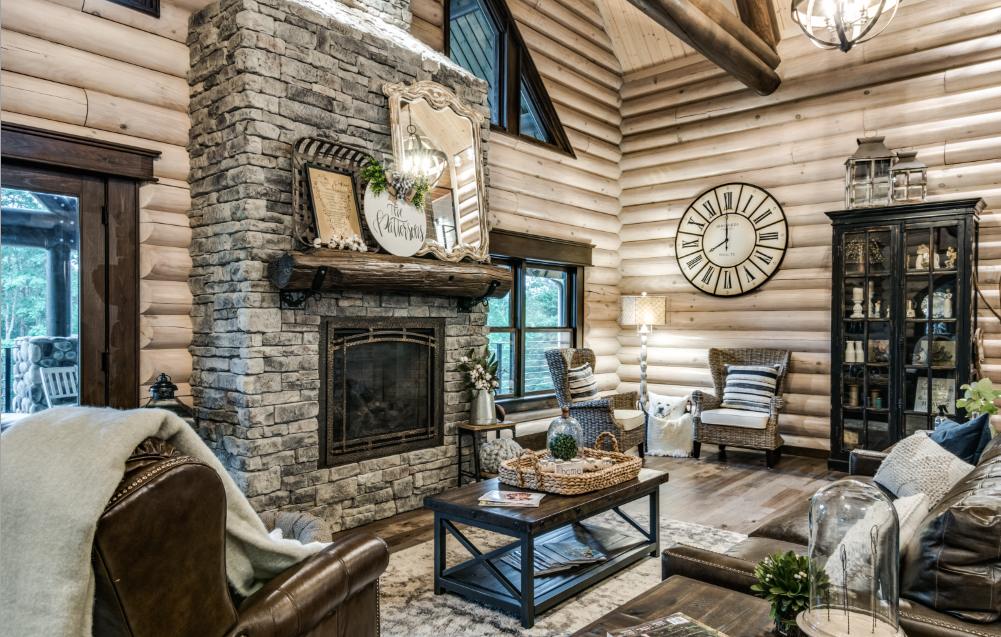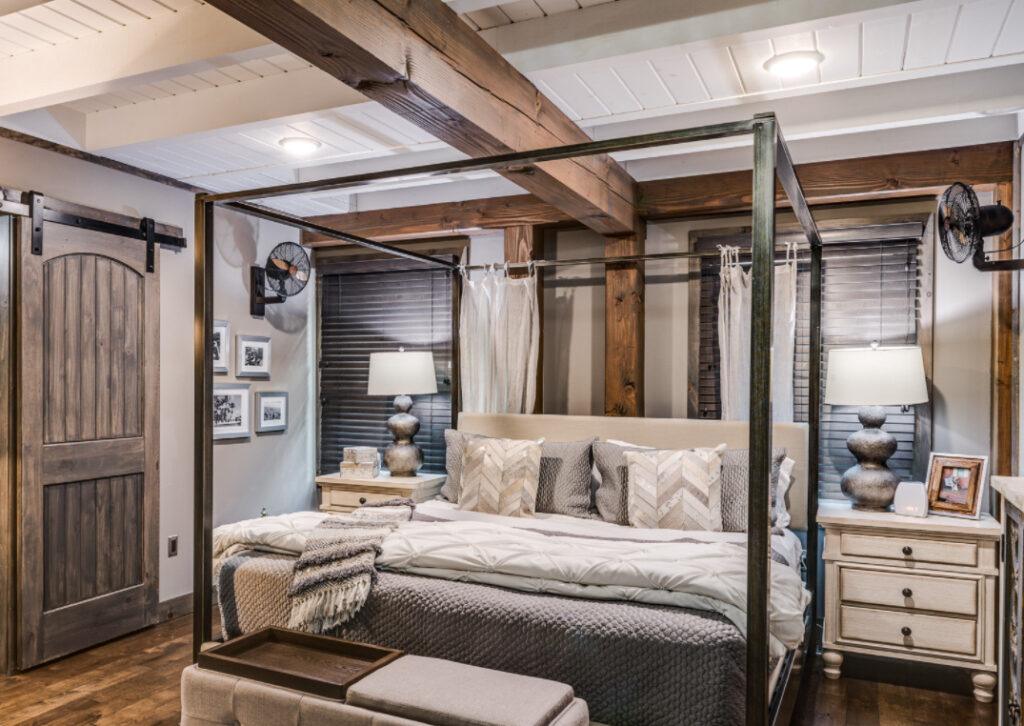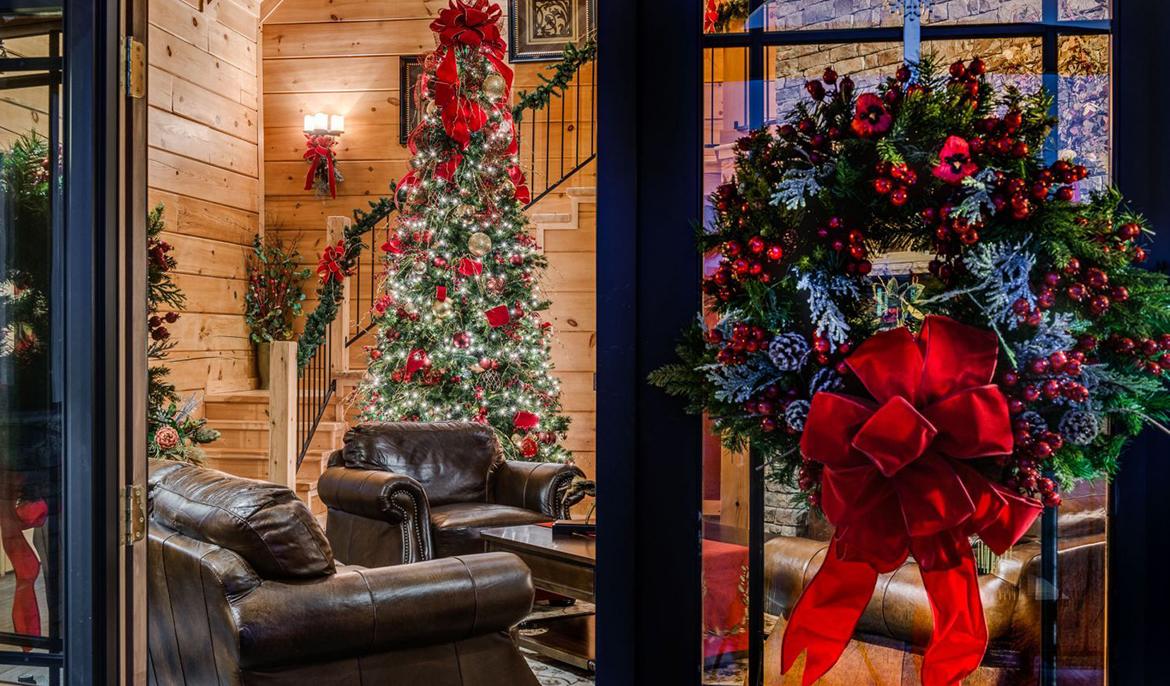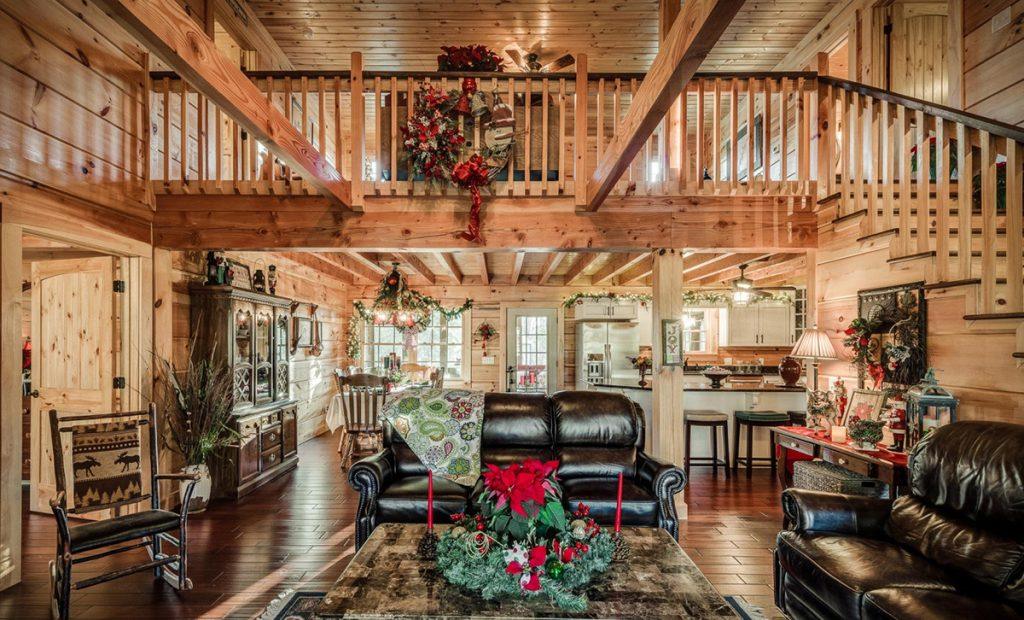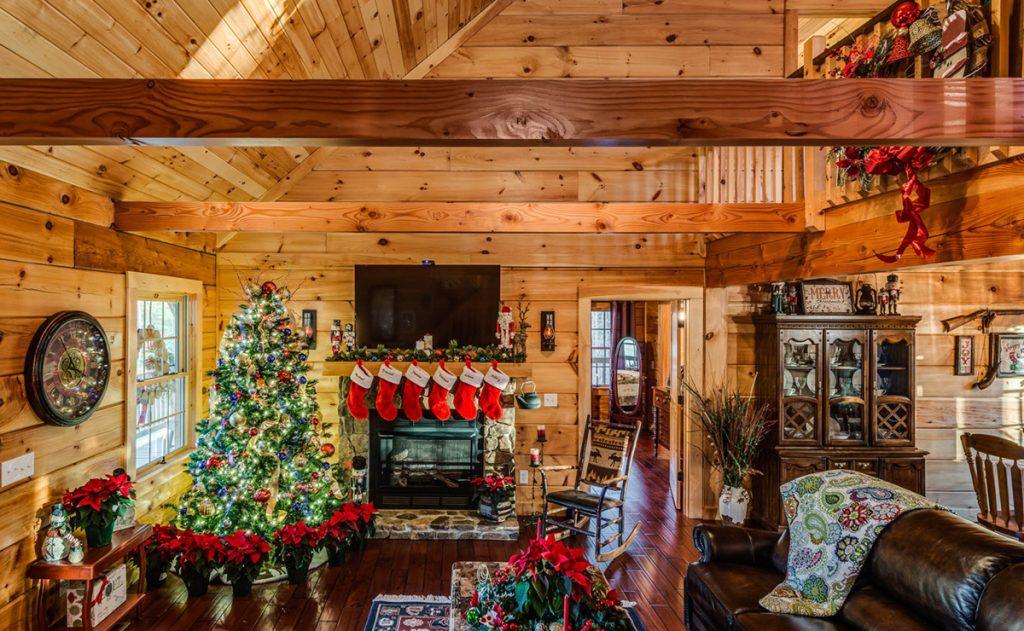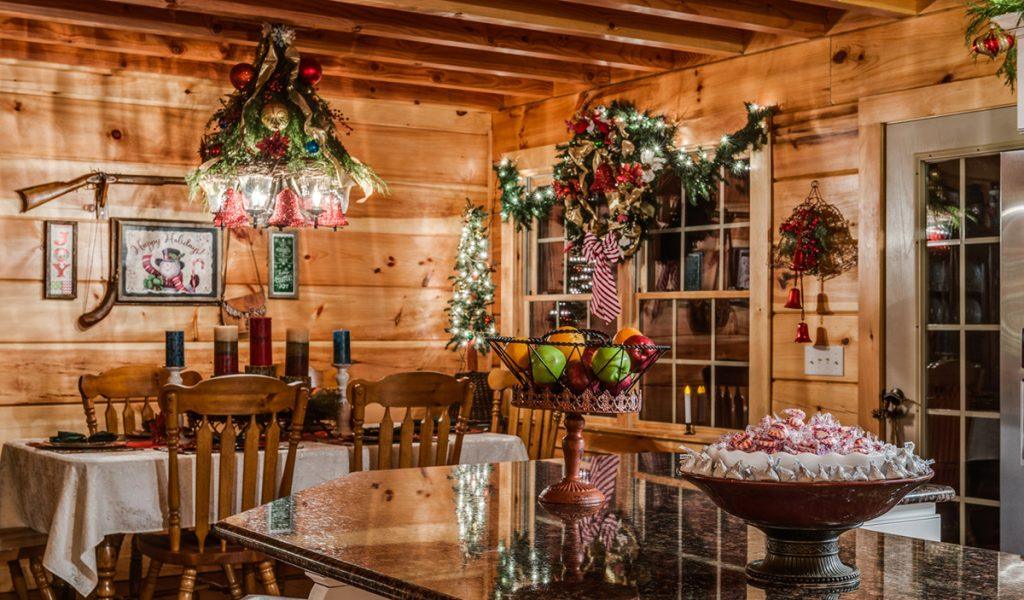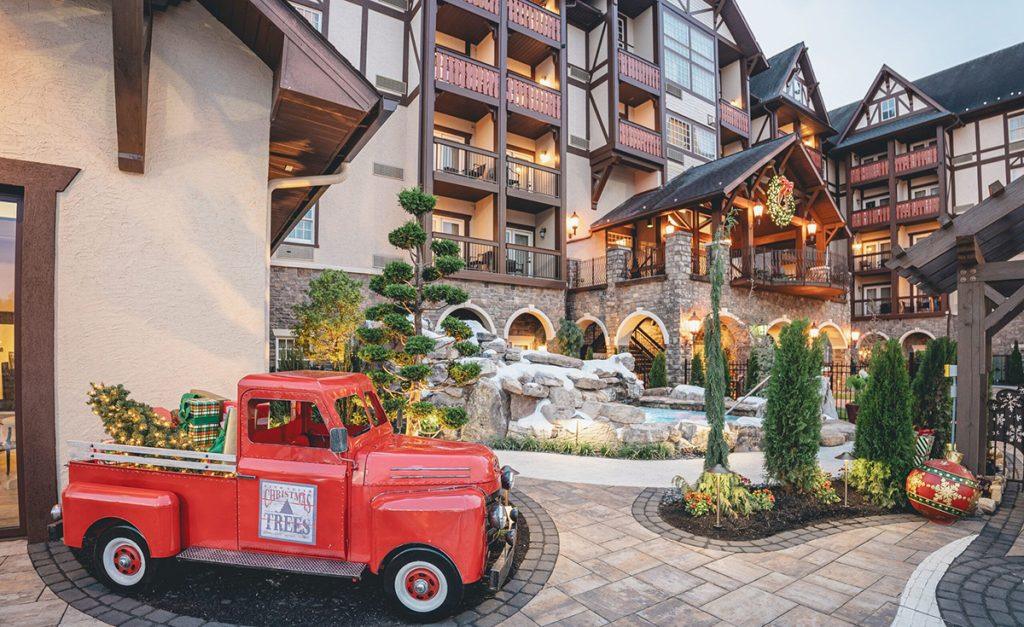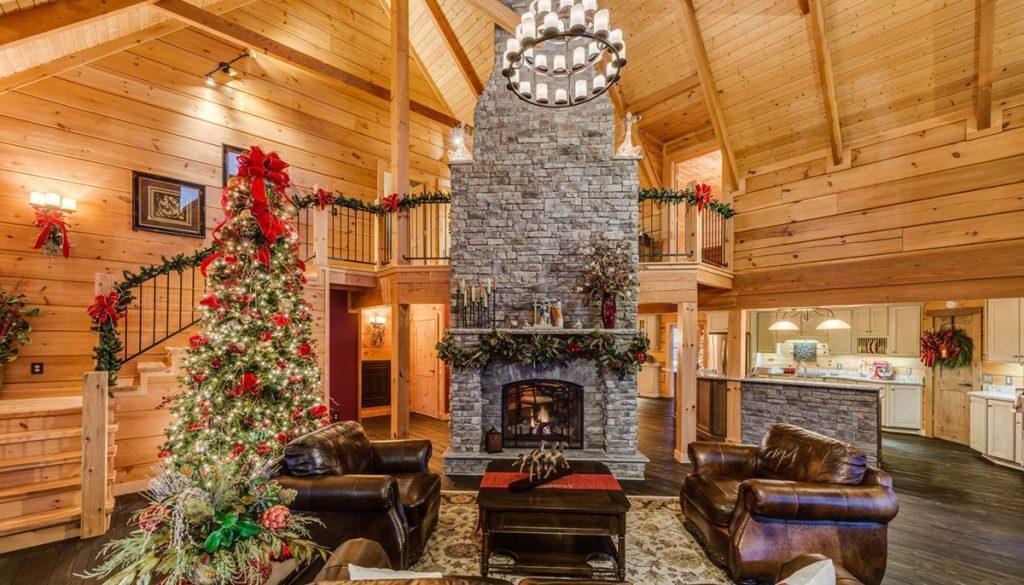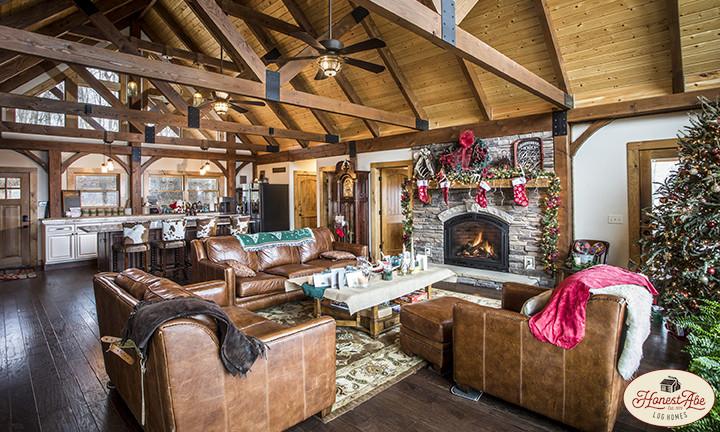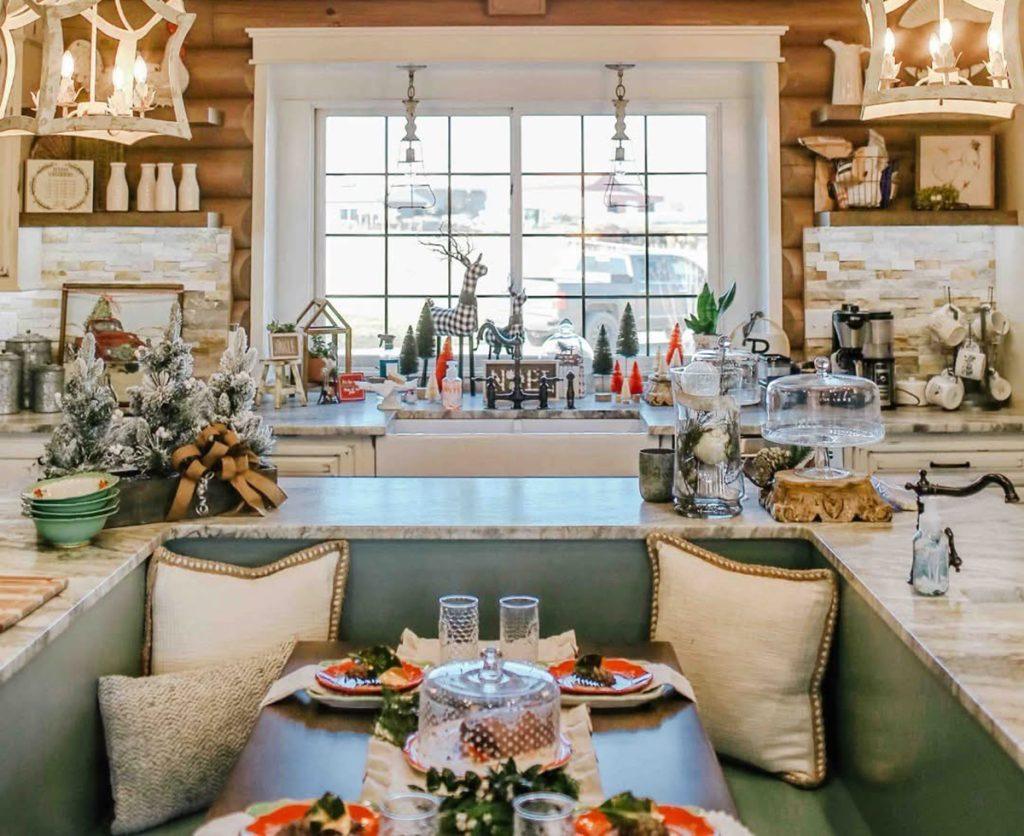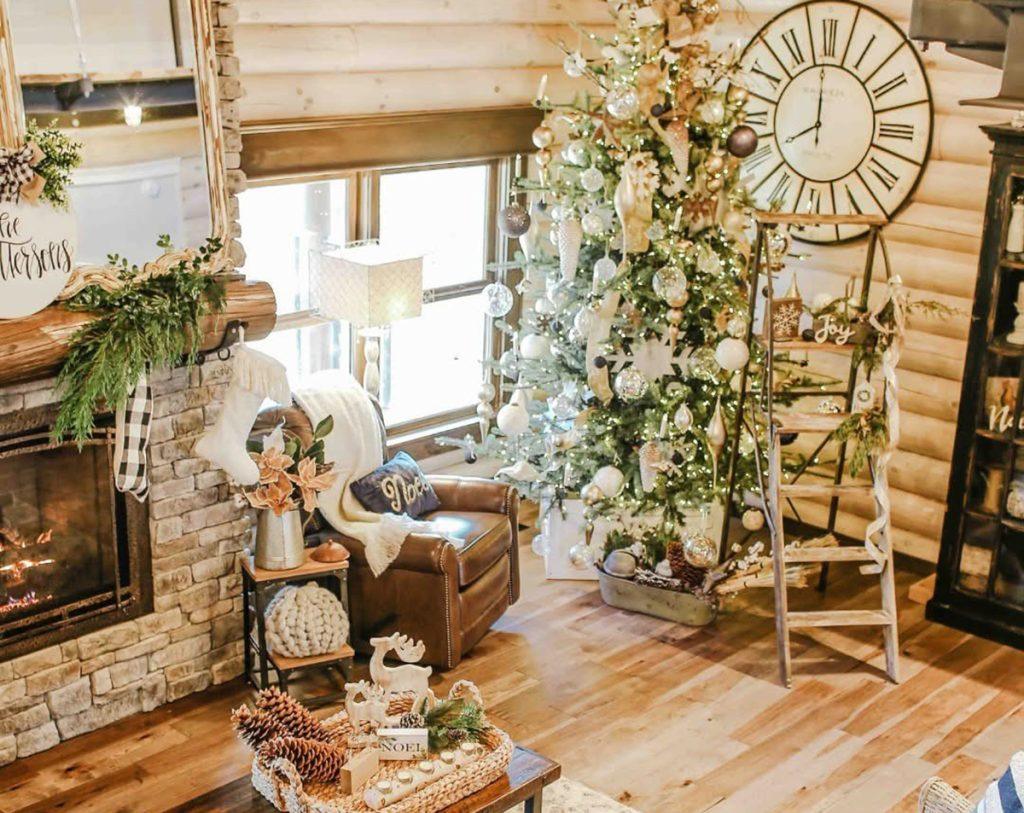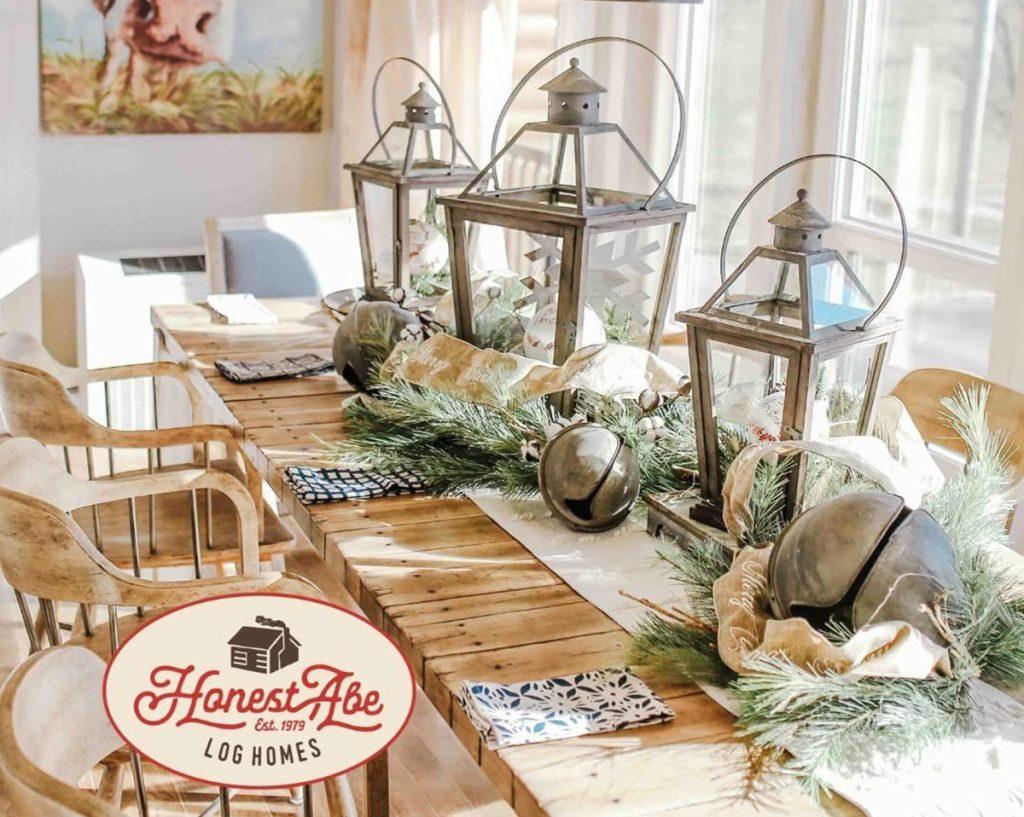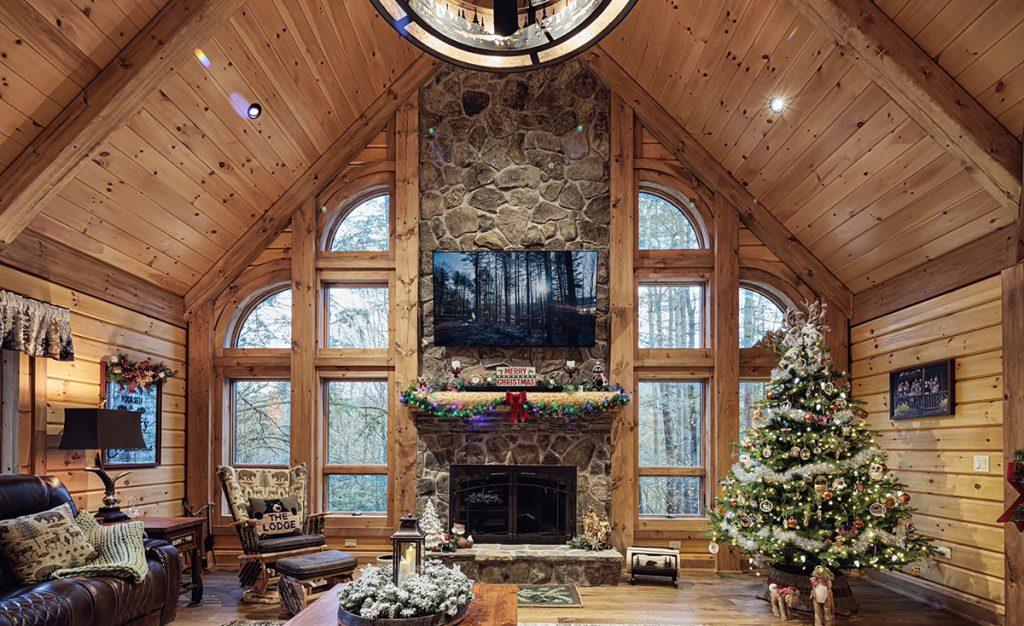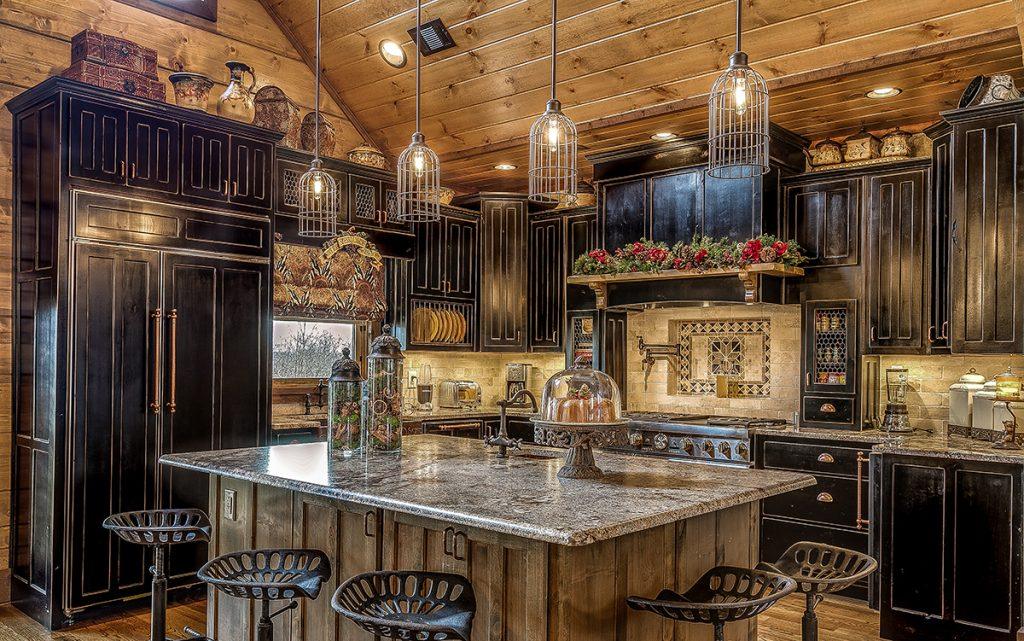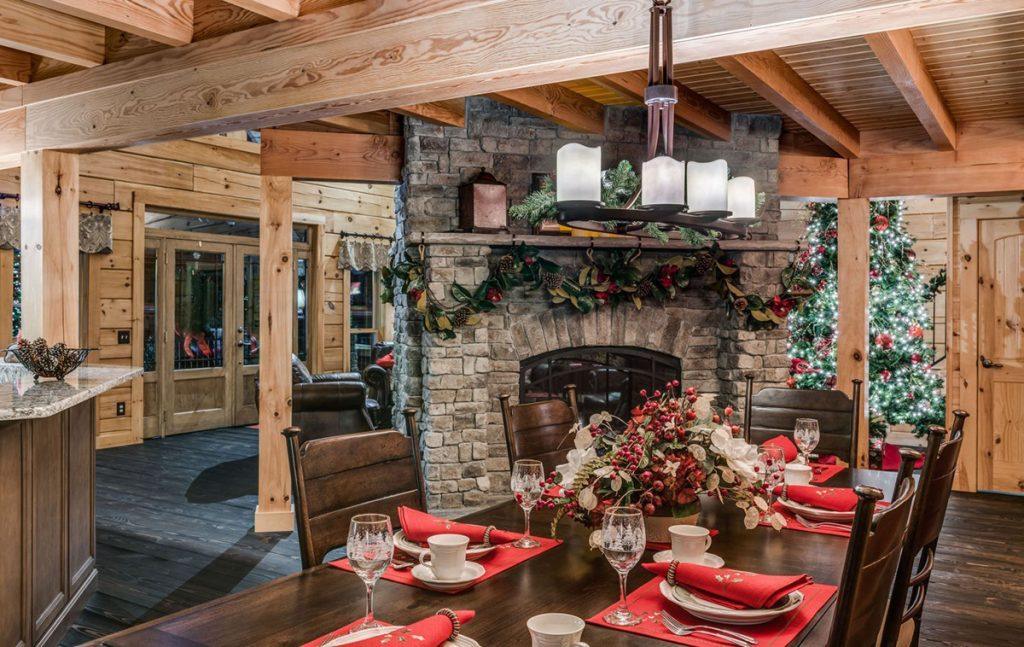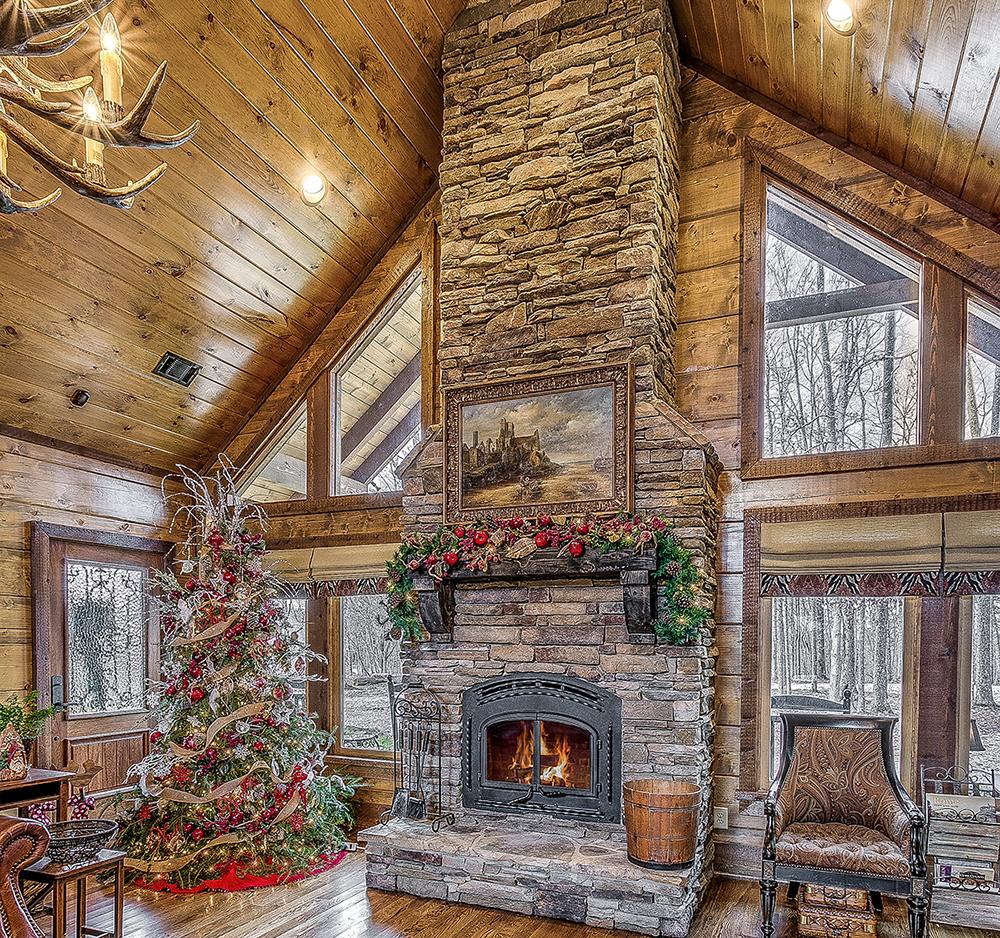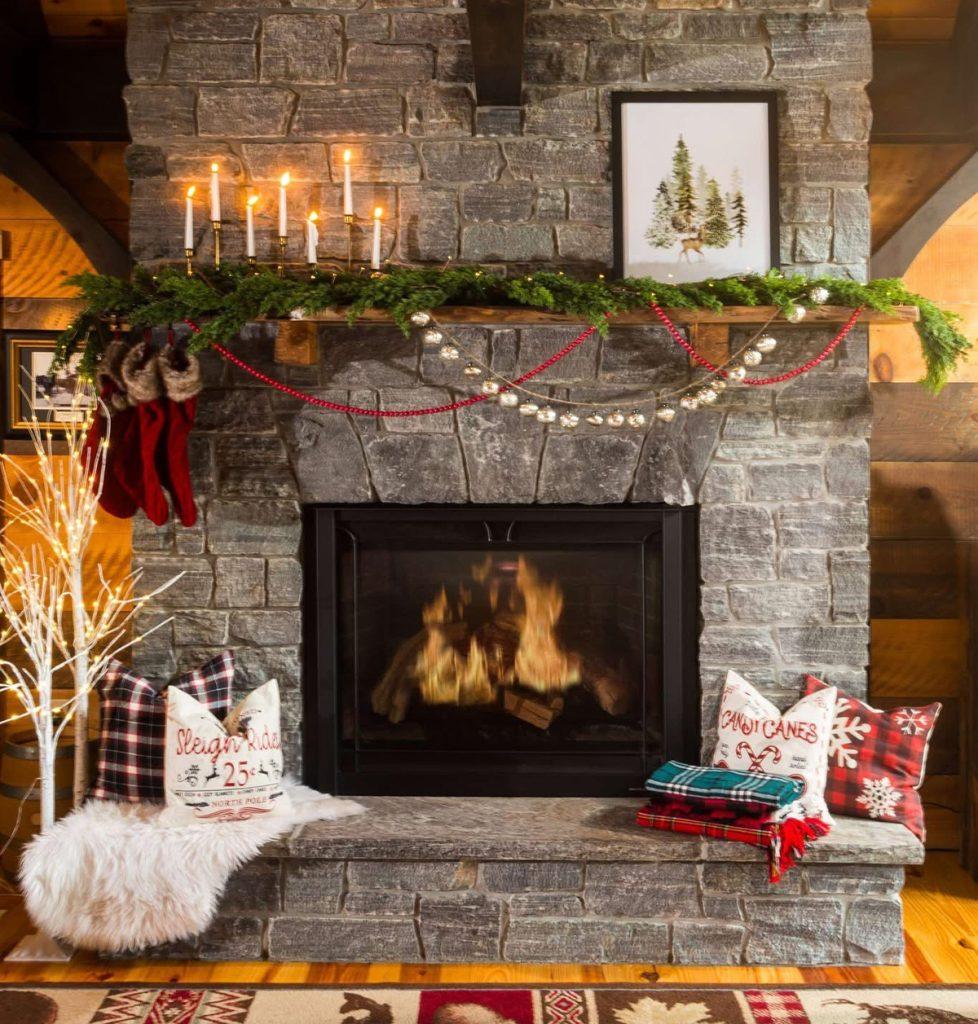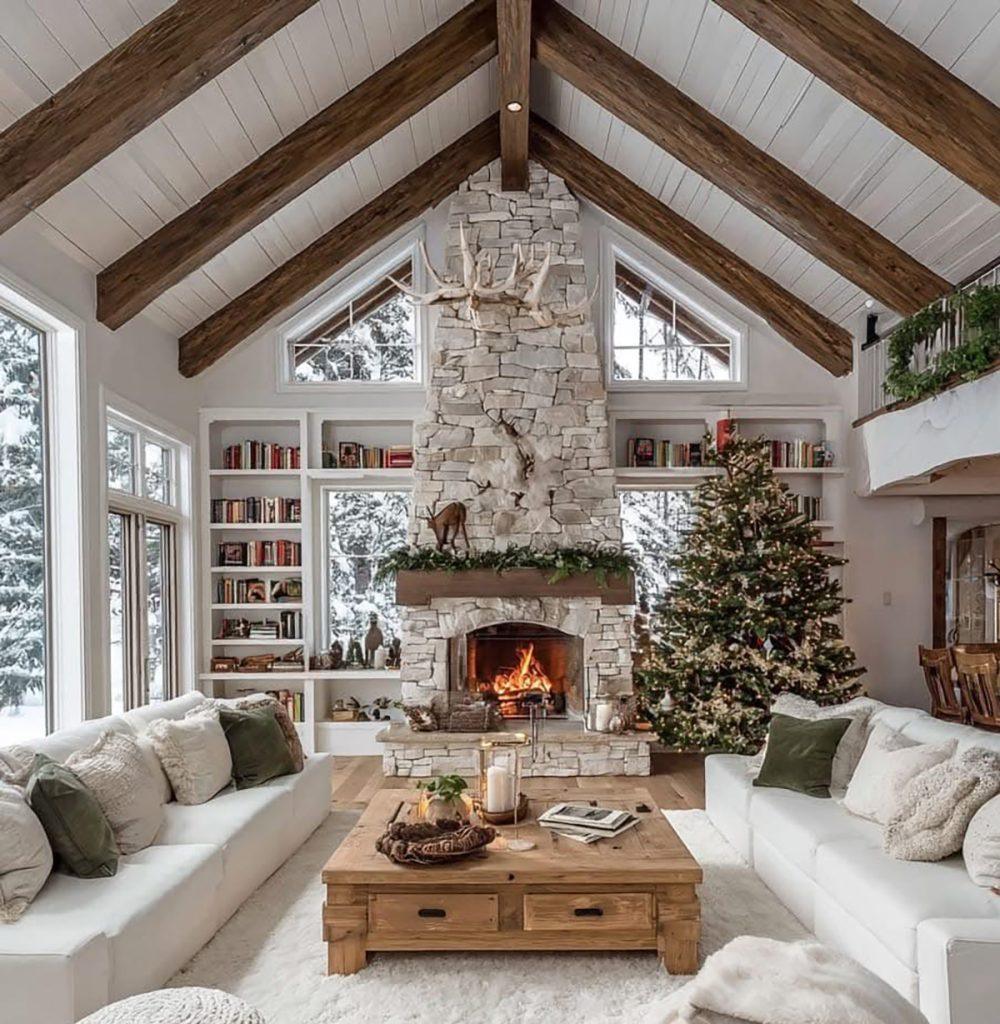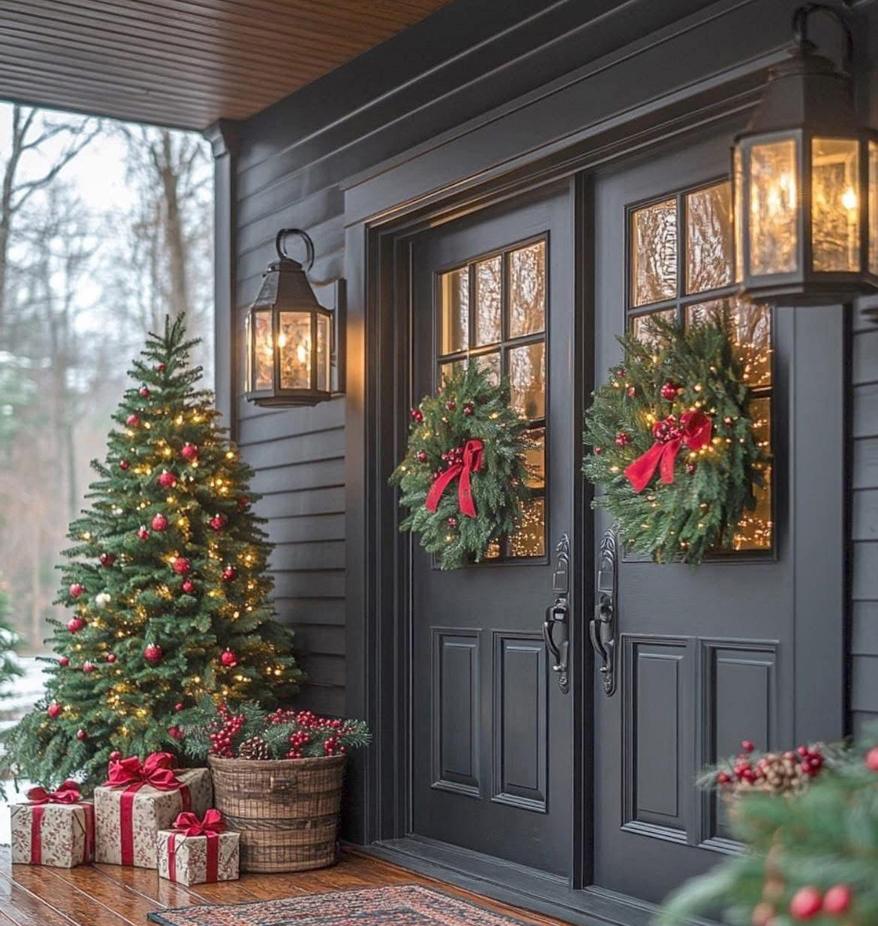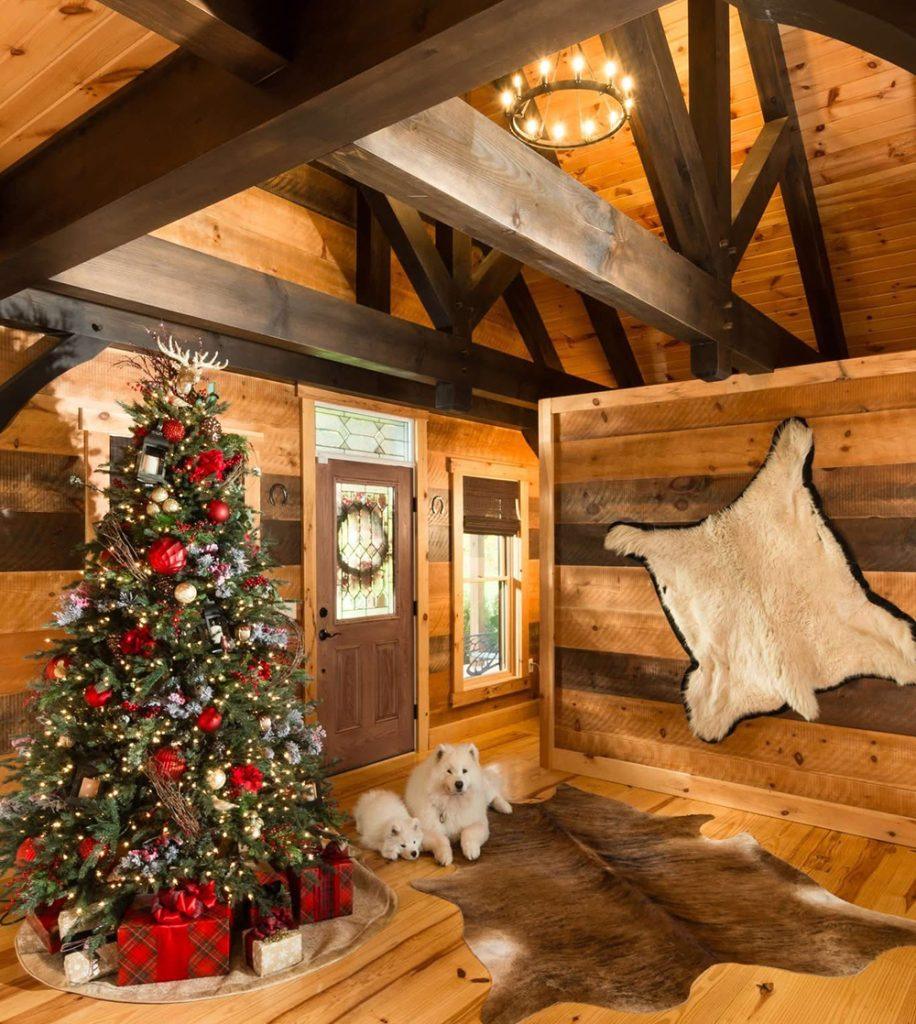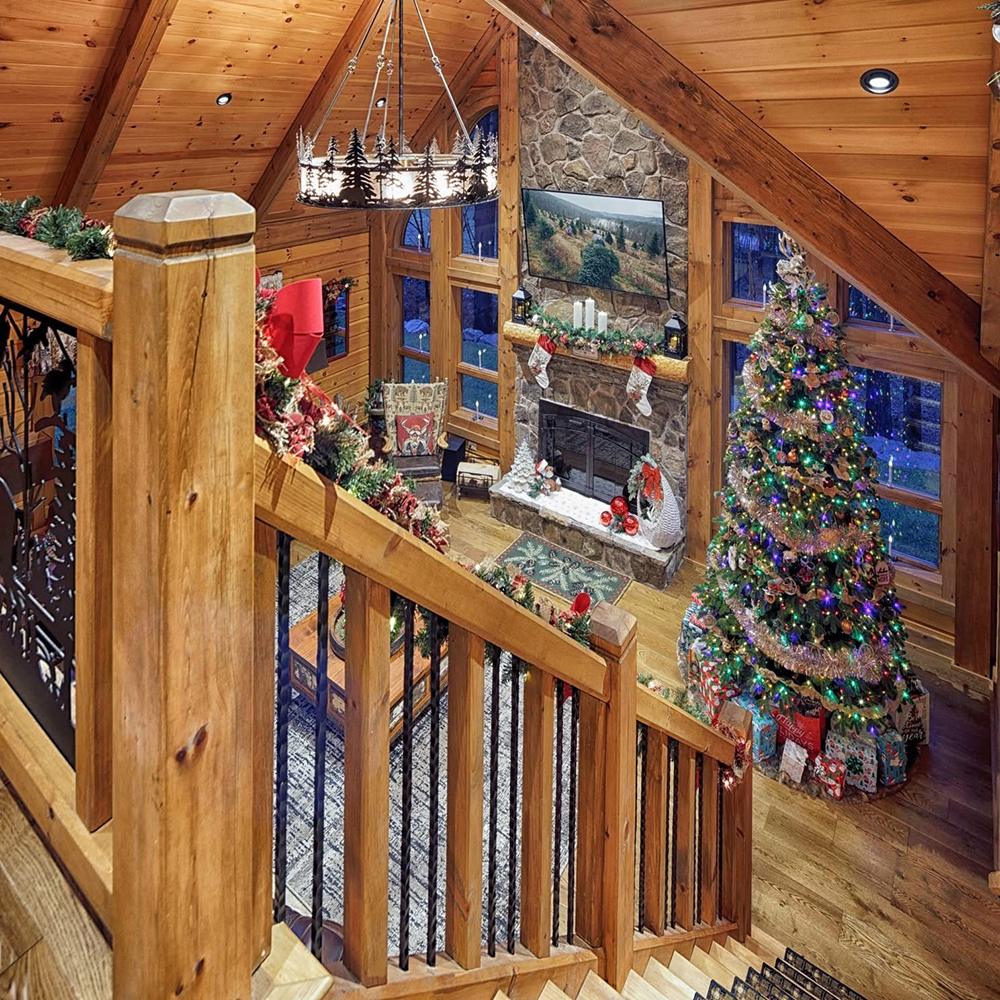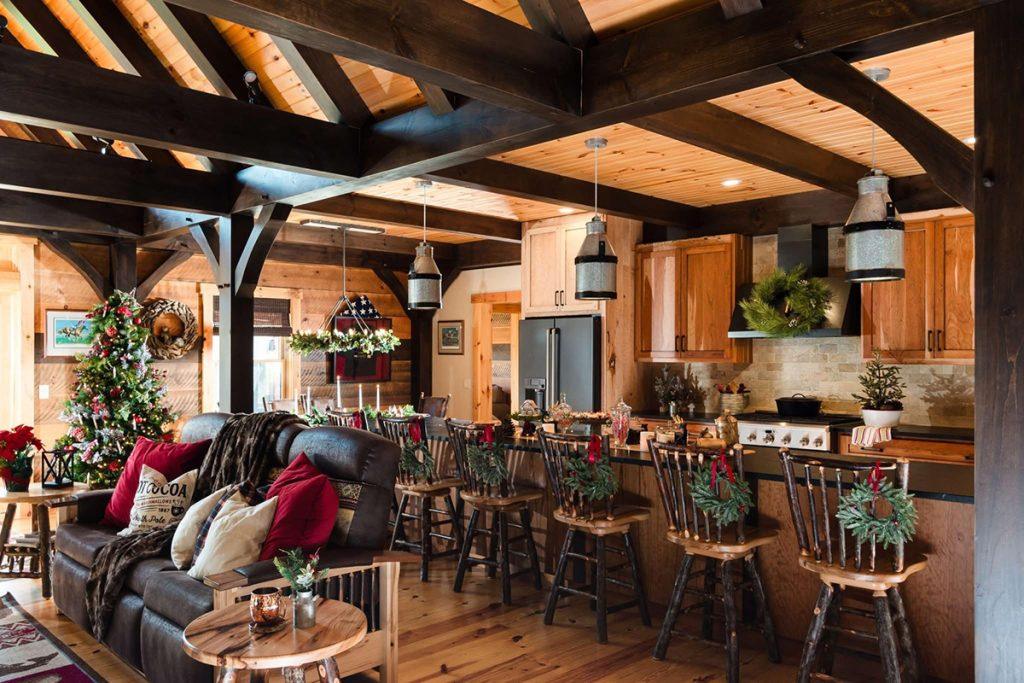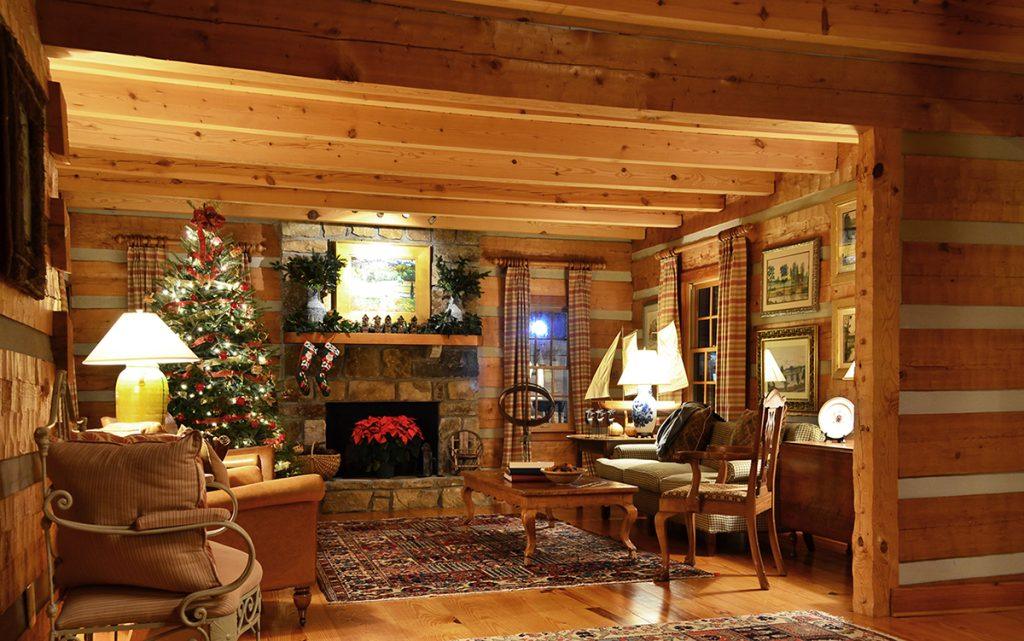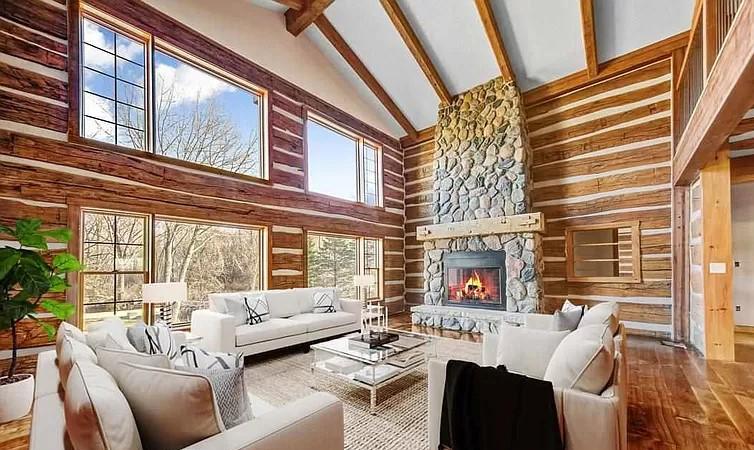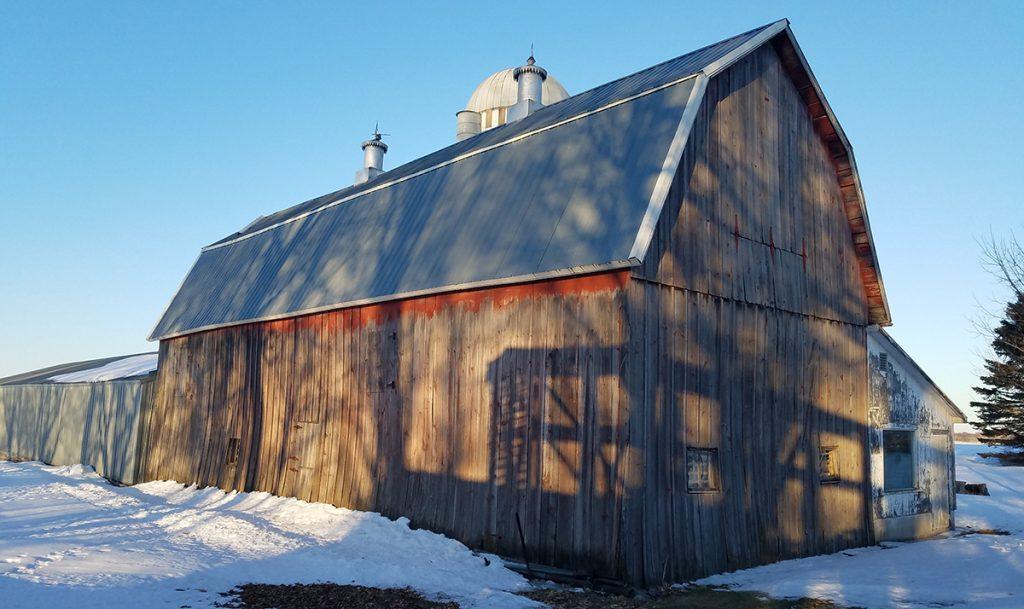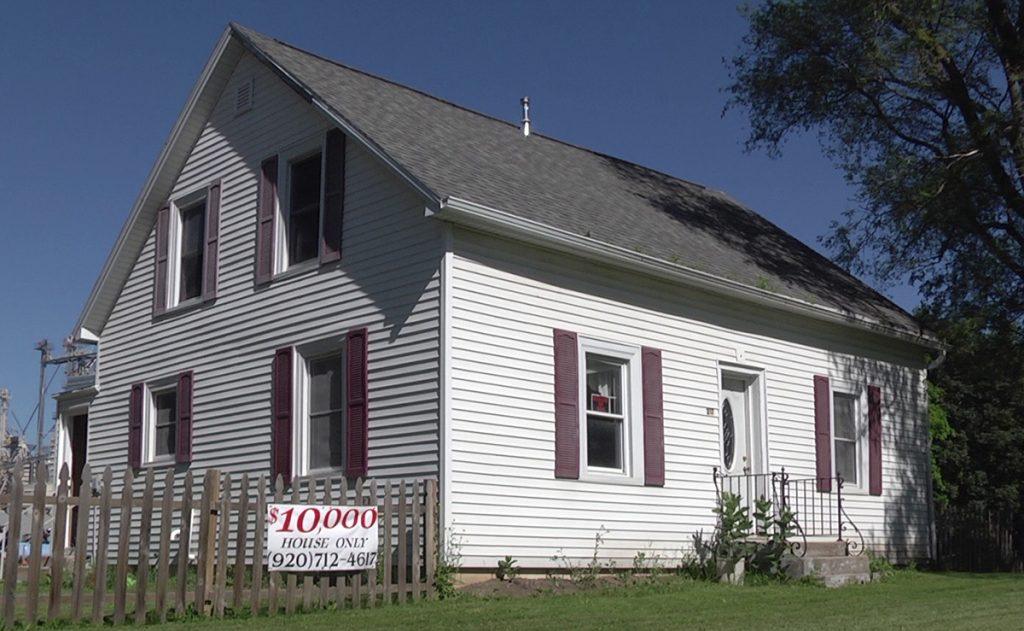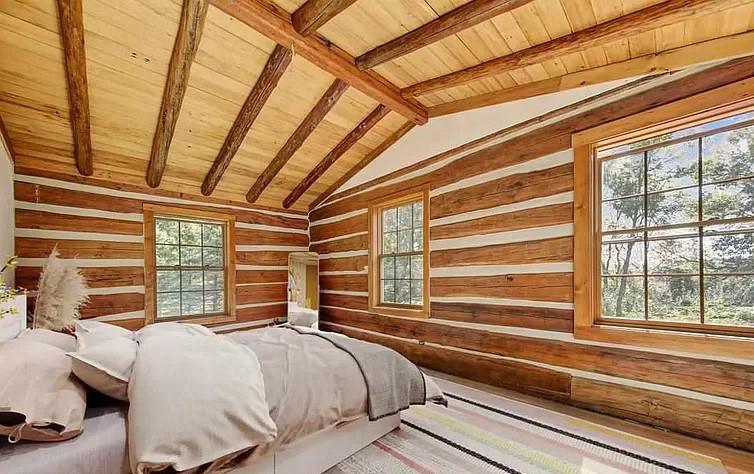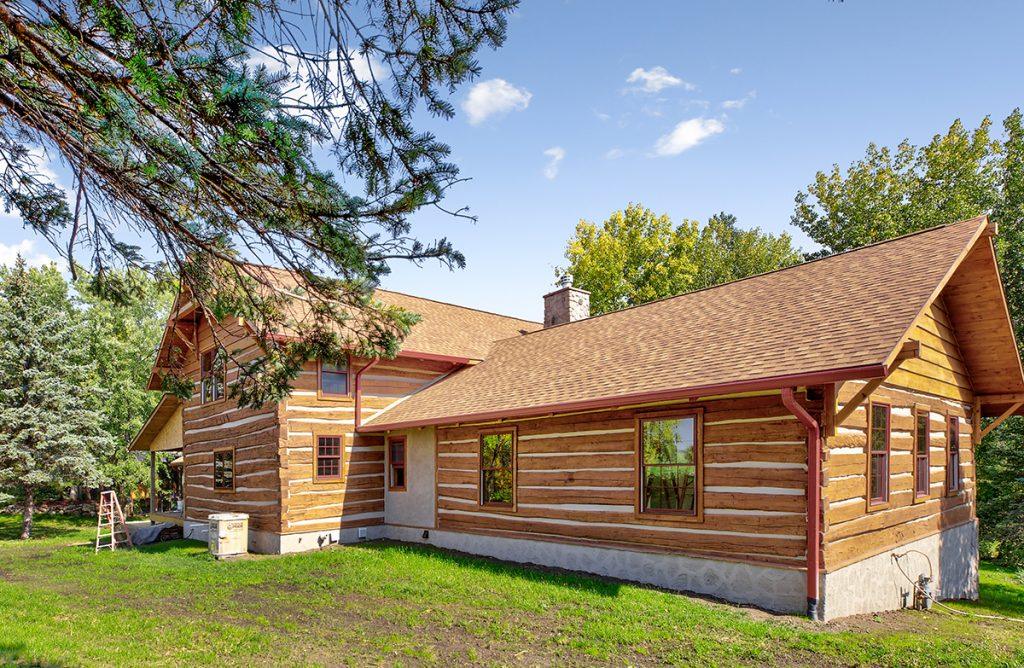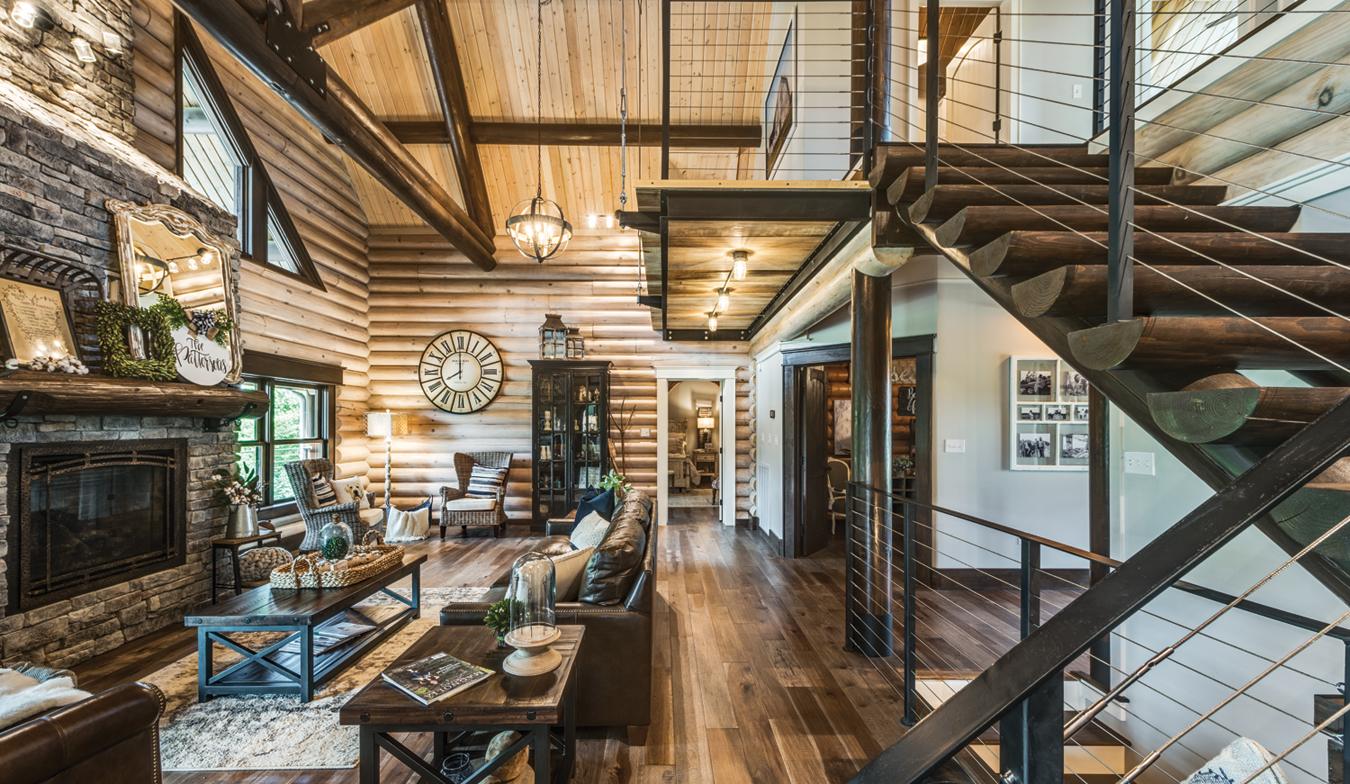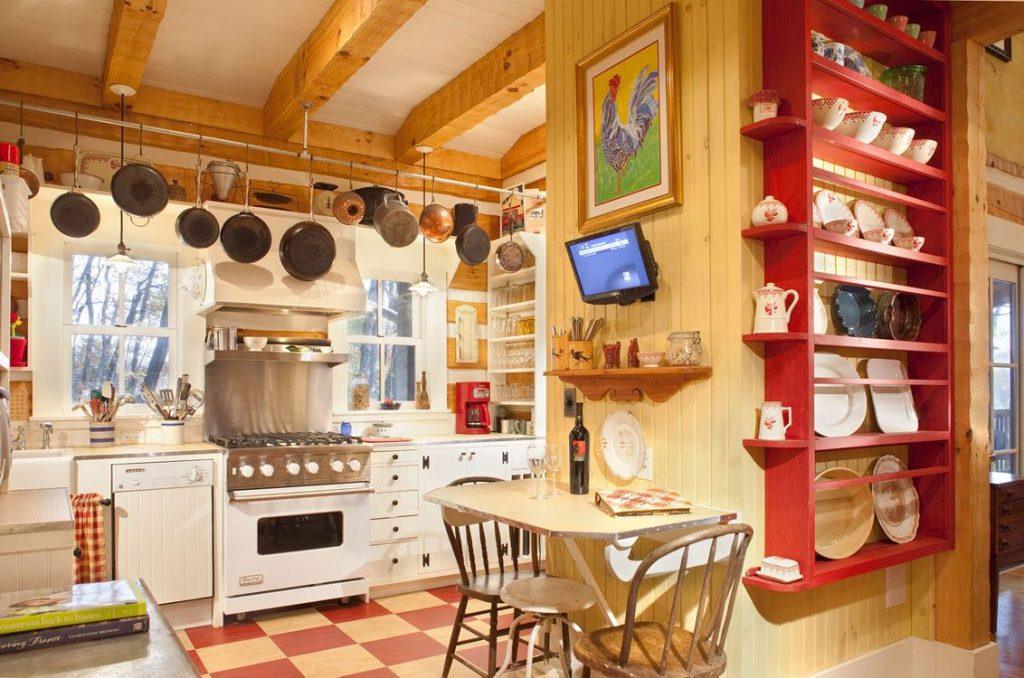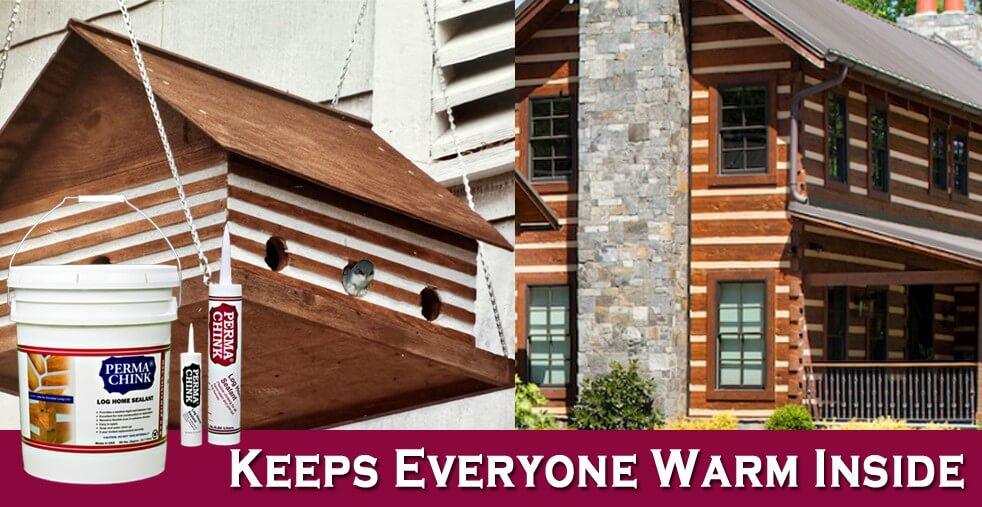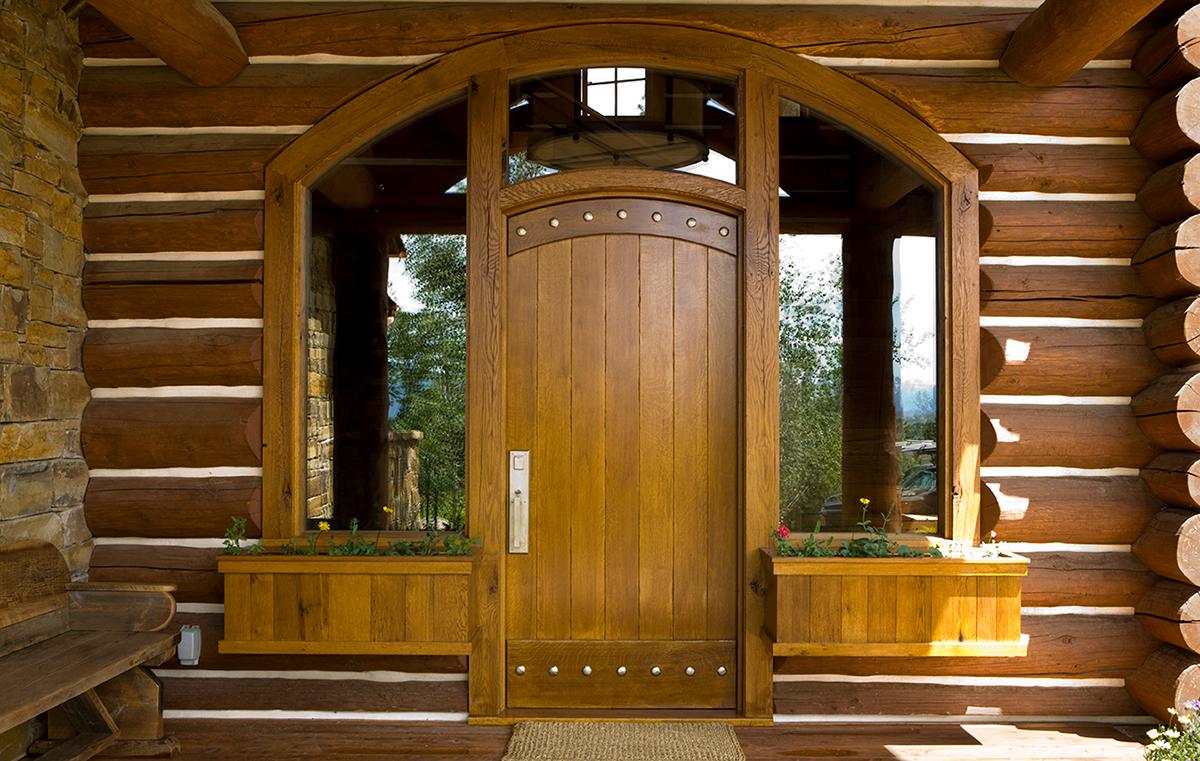Wood-boring beetles can be found all across the United States. There are several types of beetles that can be considered “wood-boring” beetles. Often referred to as “wood worms” or “powder post beetles,” wood-boring beetles are responsible for damage to structural wood, second only to termites.
Wood-boring beetles are difficult to control once an infestation has begun. Therefore, prevention is the best management method. Great NEWS: the treatment for all types of wood-boring beetles is the same.
Shell-Guard RTU is the best way to protect your home from wood-boring beetles, termites, carpenter ants, wood rot, fungi and more. It’s active ingredient Disodium Octaborate Tetrahydrate, or borate, combines with food-grade glycol added to deepen wood penetration that can be used to both treat and prevent pests from eating wood.
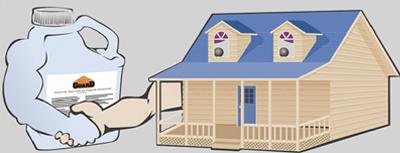
Research results shows that the presence of borate in the wood does two things:
- It kills younger beetle larvae that are feeding in the wood.
- It prevents any old house borer eggs from hatching. The borate treatment interrupts the beetle’s life cycle and eventually the infestation will end.
About Wood-Boring Beetles
Wood-boring beetles invade and damage wood furniture as well as structural and decorative wood inside the building. The beetle larvae feed in and do most of the damage to wood, and when they reach the adult stage, they emerge through round exit holes, which they create by chewing through the wood surface. Adults of some species also bore exit holes through plaster, plastic, and even soft metals that might cover the underlying wood.
What are the signs that beetles are present in the wood?
- Sawdust or frass is the first sign of beetle infestation.
- The chewing noise made by older larvae in the wood.
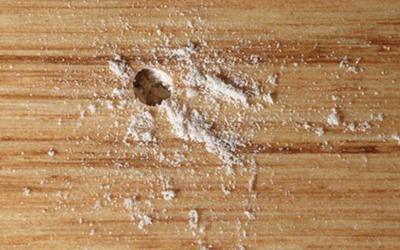
The life cycle of most wood-boring beetles is similar. It starts with an adult female depositing her eggs in the wood. The eggs hatch and a small grub-like larva emerges. It’s the beetle larvae that feed on wood, and they may continue eating the wood for several months or, in some cases, up to 20 years depending on the species. There comes a time in its life cycle when it’s getting ready to make the change that the larva makes a hole to the surface of the wood, so it can get out of the wood as an adult beetle. That’s why the holes are called “emergence holes.” Typically this is the first sign that beetles are present in the wood. Once the hole is complete and the tunnel is cleared of the sawdust or frass, the larva creates a pupa case and makes the transition to an adult beetle. The adult beetle eventually emerges from the hole, feeds on pollen and nectar and looks for a mate. Once impregnated, the female beetle can start the cycle all over again.
Order Your Shell-Guard RTU or Shell-Guard Concentrate to kill any wood ingesting insect it comes in contact with.
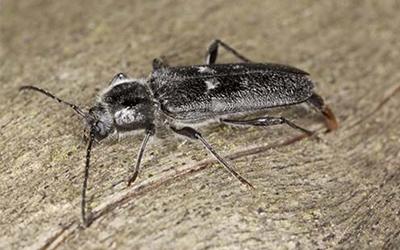
Customer Testimonial
For active infestation I have successfully used borates against insects that are actively living in isolated spots on structures. In the pictures below, poweder-post beetles infested barn wood on my porch. I injected Shell-Guard RTU into the actual holes using a syringe made for injecting marinade into food (any plastic syringe with a tip small enough to fit the hole will work).
These holes were treated and within a day there were dead larvae. It has been more than a year and they have not returned.
